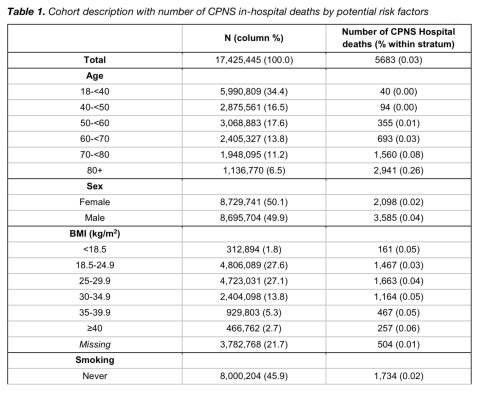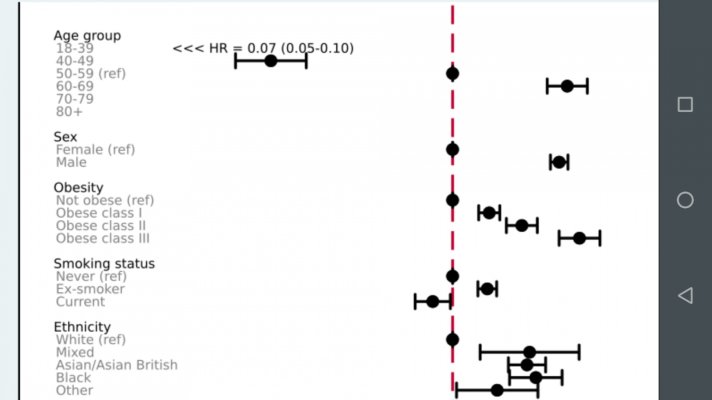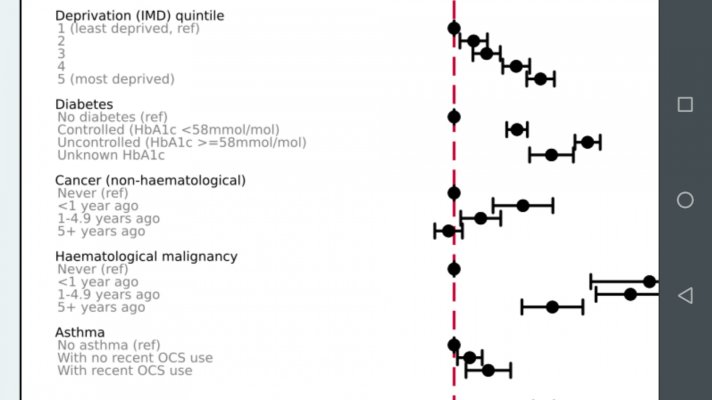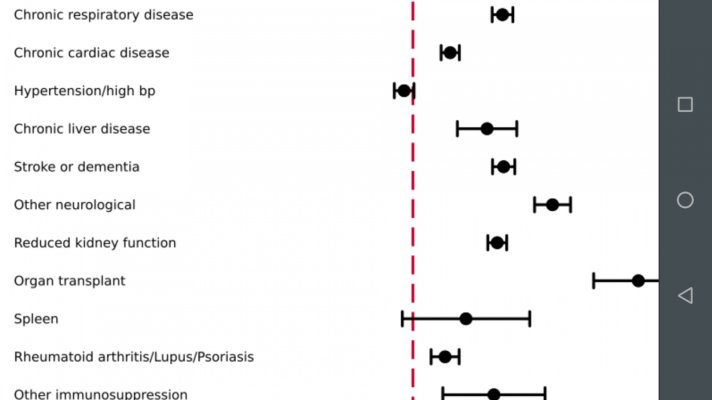Here’s an interesting look at England NHS data of COVID casualties, with classifications by demographics and pre-existing conditions. It’s not predictive, it’s just a detailed statistical breakdown by age, gender, race and specific pre-existing condition.
https://www.medrxiv.org/content/10.1101/2020.05.06.20092999v1.full.pdf
https://www.medrxiv.org/content/10.1101/2020.05.06.20092999v1.full.pdf




